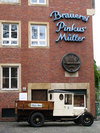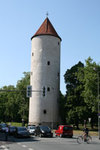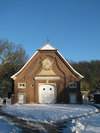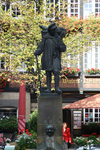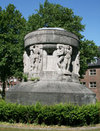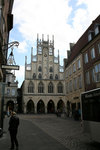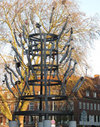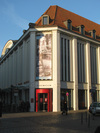Paul Wulf
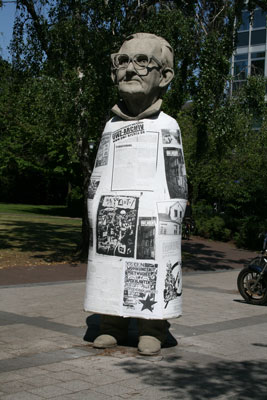
Paul Wulf (* 2. May 1921; † 3. July 1999) was a victim of the NS-Regime, who processed his case judicially, and gained regional prominence through the organisation of antifascist exhibitions in and around Münster.
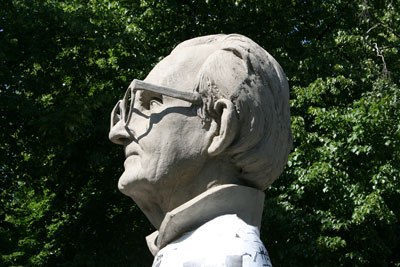
Paul Wulf grew up under a proletarian background in the Ruhr area. His father worked at the coal mine Ernestine from 1921 to 1928. Due to financial reasons, his parents send Paul to the children's home of the Catholic St. Vincent-Home in Cloppenburg in 1928. In 1932 he came to the adolescent psychiatric facility in Marsberg. Due to the lack of places in children's homes, here lived 'healthy' and 'sick' children together. Here Wulf was confronted with racial-hygienic measures for the first time. The parents made an application for a release in 1937, the head of the facility would only approve with the condition of a forced sterilisation. The head made the diagnosis for his patients with 'congenital first-degree mental deficiency'. The parents agreed to the demanded forced sterilisation. On the 12th of March 1938, Paul Wulf underwent the forced sterilisation in the Paderborn State Hospital. After his release, Paul Wulf resisted the National Socialism.
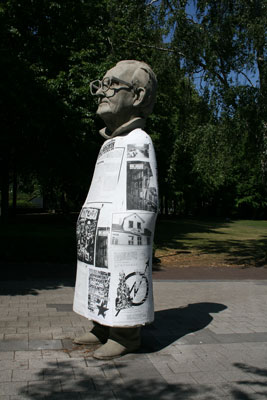
Paul Wulf became known mainly through his anti-fascist exhibitions. Stimulated by the works of John Heartfield and Ernst Friedrich, he informed about research and political context in the form of collages. Central themes were the National Socialist euthanasia, the Action T4, and forced sterilisation, 'the situation of women, teenagers and the Sinti and Roma in the NS-State'. Paul Wulf sees himself as an anarchist and communist, and was for a time a member of the KPD and the VVN. He participated regularly in extra-parliamentary and anti-militaristic activities, like the anti-nuclear, war or anti-fascist-demonstrations in Münster. The friend and documentary filmmaker Robert Krieg points out, that Paul Wulf wasn't afraid to go public with his personal experiences from the NS-time:
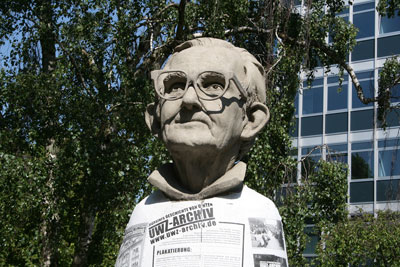
'Paul was not afraid to be one of the very few to make the wrongs committed against him publicly. He exposed himself as a forced-sterilised publicly and thereby was again stigmatised. He managed to overcome the shame, the law of silence, and has thus become one of the most important spokesman of the approximately 400,000 people who were made infertile in terms of purity of the breed, the rejection of otherness in the German Empire. More than 100 000 of them were killed in the course of the euthanasia programme later' - Robert Krieg: 'I'll teach you: Memory!' In 1991, he received for his educational work, the Federal Cross of Merit, which he accepted, while being critical of the award practice, which once honoured also former National Socialists. Parts of his exhibition are still open to the public in the villa ten Hompel in Münster.
The artist Silke Wagner designed for the Skulptur.Projekte 2007, together with the Münster Environment Centre-Archive-Verein, Paul-Wulf-memorial.

 Deutsch
Deutsch Nederlands
Nederlands Dansk
Dansk Österreichisch
Österreichisch Po Polsku
Po Polsku









